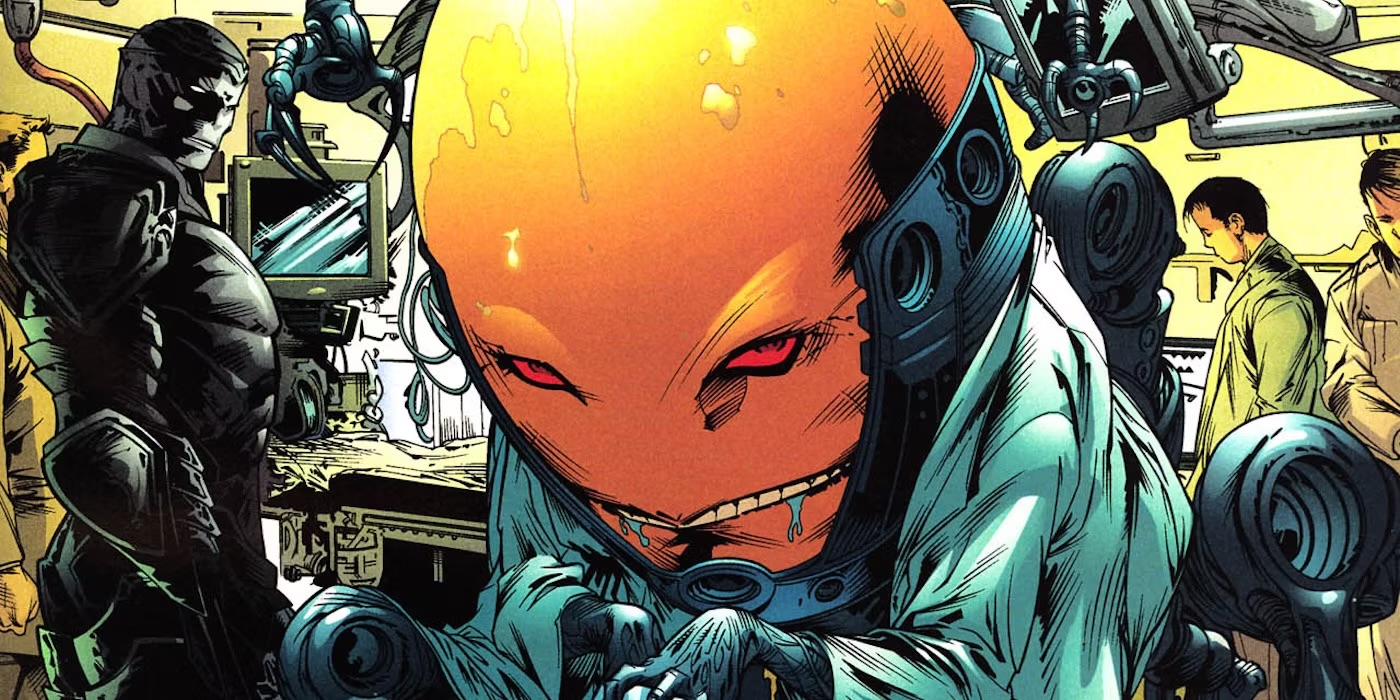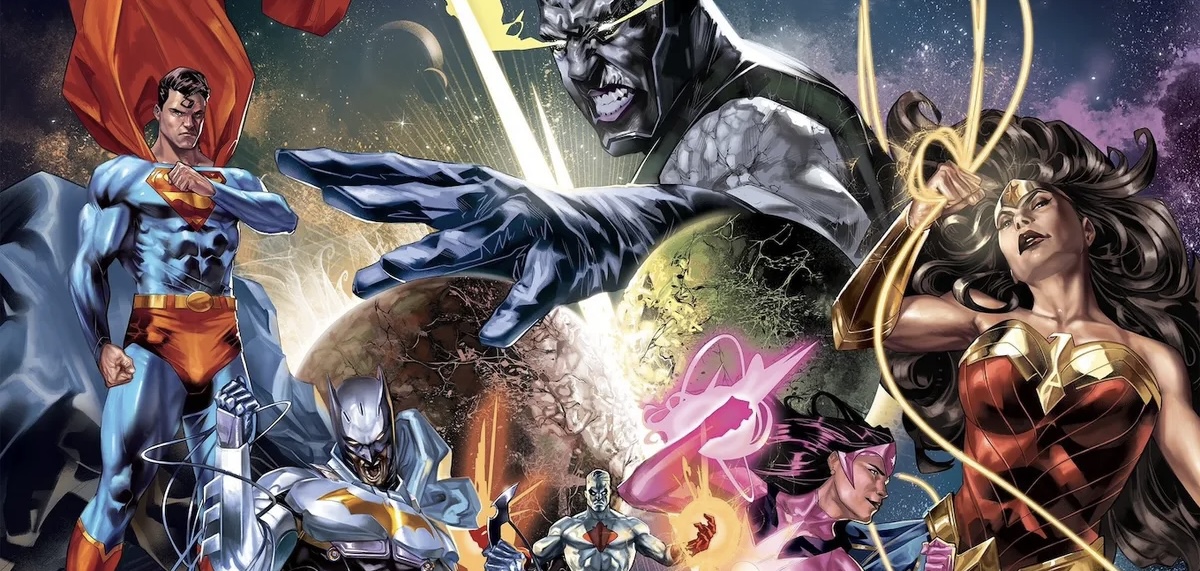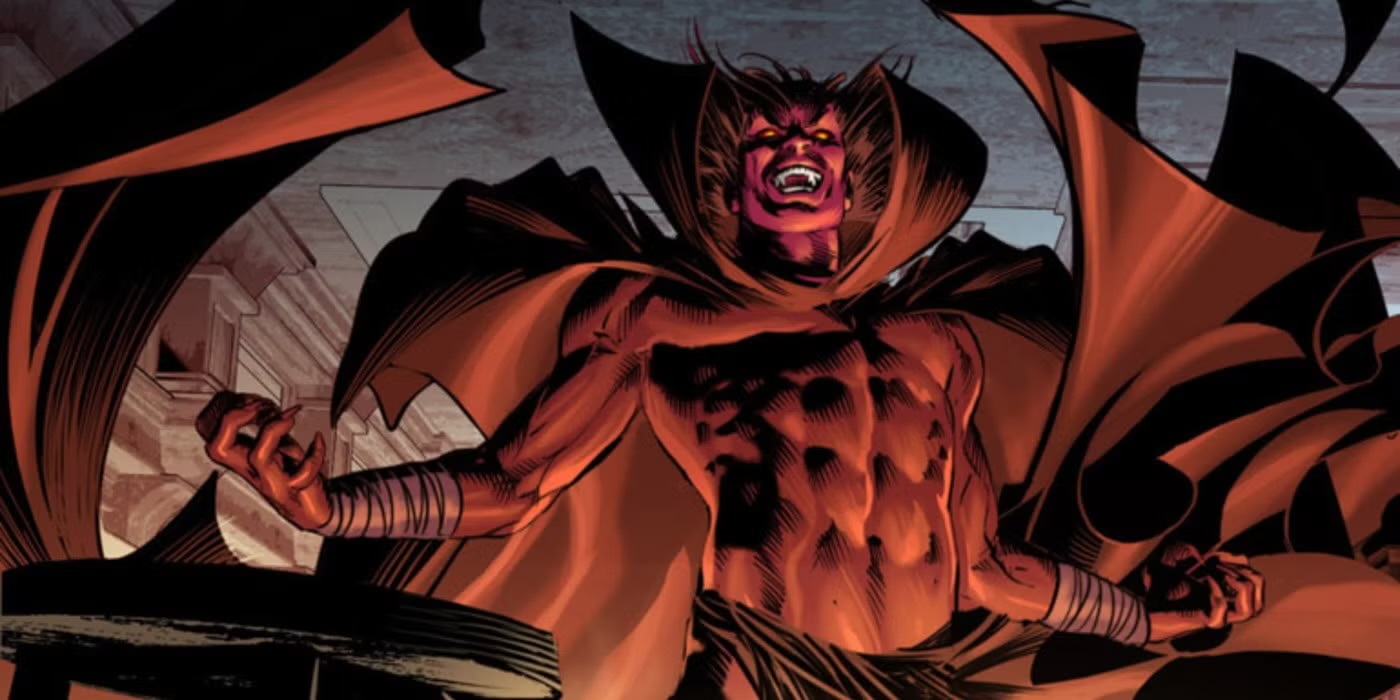In the vast and diverse pantheon of DC Comics characters, there are those who stand out as iconic heroes and memorable villains. However, there are also characters who have left fans and critics scratching their heads, wondering how such concepts ever made it to print. Among these is Egg Fu, a character whose bizarre design, questionable origins, and controversial depictions have earned him a place as one of DC Comics’ most perplexing and criticized creations.
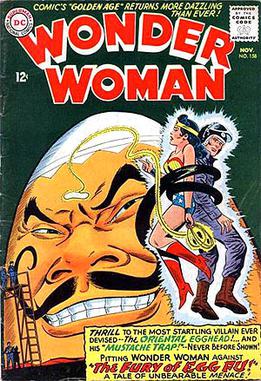
Egg Fu is a character introduced in the Silver Age of comics, a period known for its imaginative and often outlandish ideas. Egg Fu is a giant, sentient egg with a stereotypical and exaggerated East Asian appearance. His face is adorned with a large mustache, and his entire design is reminiscent of offensive caricatures that were unfortunately common in mid-20th century media.
Egg Fu first appeared in “Wonder Woman” #157, published in October 1965. Created by writer Robert Kanigher and artist Ross Andru, Egg Fu was conceived as a villain for Wonder Woman, a character known for battling a wide array of foes, from mythological creatures to supervillains. However, Egg Fu’s introduction was met with immediate controversy due to his appearance and the nature of his character.
In his debut, Egg Fu is depicted as a Communist agent working for the Chinese government. His enormous size and egg-like form were intended to be intimidating, but instead, they came across as bizarre and somewhat comical. Egg Fu’s abilities included manipulating his mustache as a weapon and using various technological gadgets to combat his enemies. Despite these abilities, his overall concept failed to resonate positively with readers.
One of the most significant criticisms of Egg Fu lies in his design and portrayal. His appearance was heavily based on racial stereotypes, which were not only offensive but also reflective of the Cold War era’s xenophobic attitudes. Egg Fu’s exaggerated features and his role as a Communist villain played into the fears and prejudices of the time, making him a problematic character from both a cultural and ethical standpoint.
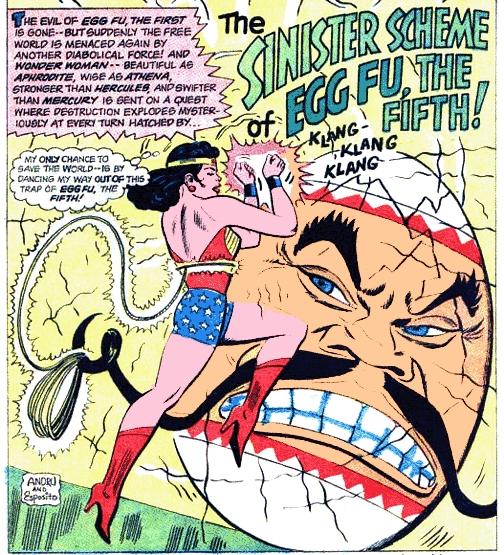
The character’s dialogue also did little to improve his image. Written with a heavy, stereotypical accent, Egg Fu’s speech patterns were another layer of offensive caricature. This portrayal only served to reinforce negative stereotypes and further alienated readers who were looking for more nuanced and respectful representations in their comics.
Despite his poor reception, Egg Fu was not immediately discarded. Over the years, there have been several attempts to reinvent and modernize the character, though these efforts have met with varying degrees of success.
One of the more notable reinventions occurred during the “52” series, a weekly comic series published by DC Comics from 2006 to 2007. In this series, Egg Fu was reimagined as Chang Tzu, a more serious and sinister character. This version of the character retained the egg-like appearance but was presented as a grotesque and deformed scientist, downplaying the racial stereotypes of the original design.
Chang Tzu was depicted as a member of the Science Squad, a group of villains with advanced scientific knowledge and abilities. He played a significant role in the series, including the capture and experimentation on the hero, Black Adam. While this version of the character was more menacing and less overtly offensive, it still struggled to escape the shadow of the original Egg Fu’s problematic origins.
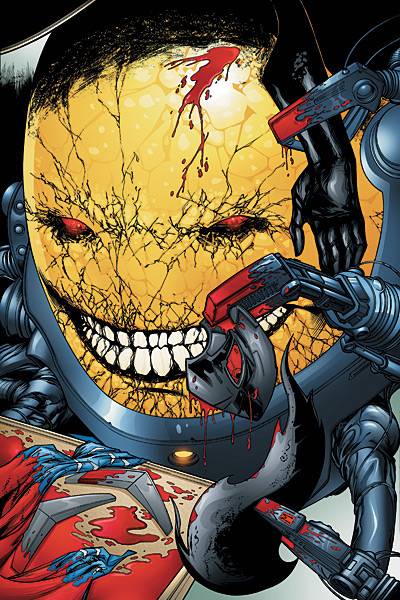
Egg Fu has made sporadic appearances in other media, though these have been limited. He has been featured in various animated series and video games, often as a minor character or a humorous nod to his bizarre comic book origins. These appearances have typically downplayed or altered his more controversial aspects, focusing instead on his unusual design and abilities.
Egg Fu’s reception among fans and critics has been overwhelmingly negative. He is frequently cited as one of the worst characters in comic book history, not just because of his strange design, but also due to the offensive stereotypes he embodies. Lists of the most bizarre or ill-conceived comic book characters often include Egg Fu, highlighting him as an example of a concept that simply did not work.
The character’s attempts at reinvention have done little to change this perception. While Chang Tzu and other modern iterations have tried to distance themselves from the racial stereotypes of the original, they have struggled to find a place in the DC Universe. The lingering controversy and the sheer oddity of the character make it difficult for him to be taken seriously or to resonate with contemporary audiences.
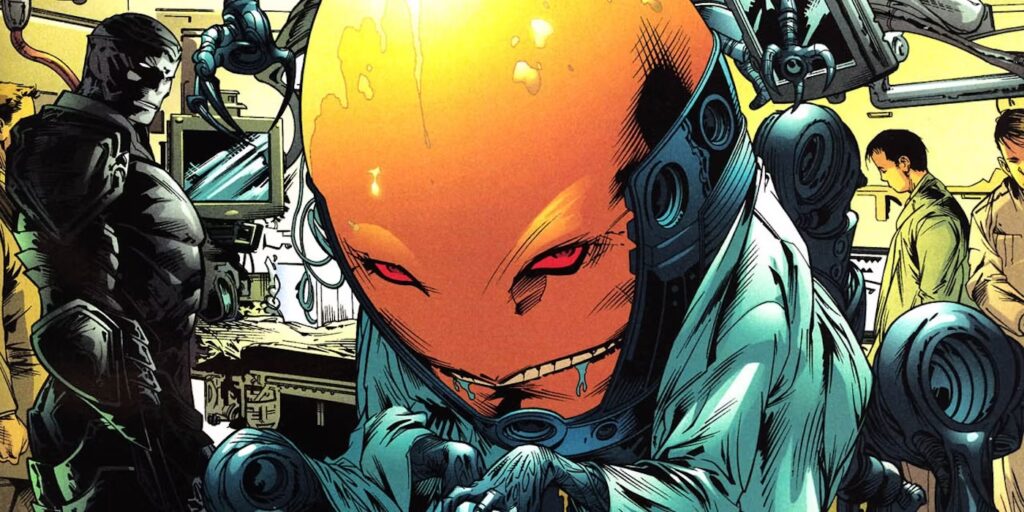
The legacy of Egg Fu is a cautionary tale for comic book creators. It serves as a reminder of the importance of sensitivity and respect when depicting characters from different cultures and backgrounds. The offensive stereotypes that defined Egg Fu’s original design are a stark example of the kind of harmful representation that can alienate and offend readers.
In reflecting on Egg Fu’s place in comic book history, it is essential to acknowledge the progress that has been made in the industry since his debut. Today, there is a greater awareness and commitment to diversity and representation in comics. Characters from various cultural backgrounds are being created with more depth, respect, and authenticity, moving away from the caricatures and stereotypes of the past.
Egg Fu stands as one of the most peculiar and criticized characters in the DC Comics roster. His bizarre design, coupled with the offensive racial stereotypes he embodies, has made him a figure of controversy and ridicule. Despite attempts to reinvent and modernize the character, Egg Fu’s legacy remains a reminder of a less sensitive era in comic book history.
While Egg Fu may never be a beloved or respected character, his story highlights the evolution of the comic book industry and its ongoing efforts to create more inclusive and respectful representations. As the industry continues to grow and diversify, characters like Egg Fu serve as important lessons in the importance of thoughtful and respectful character design.

